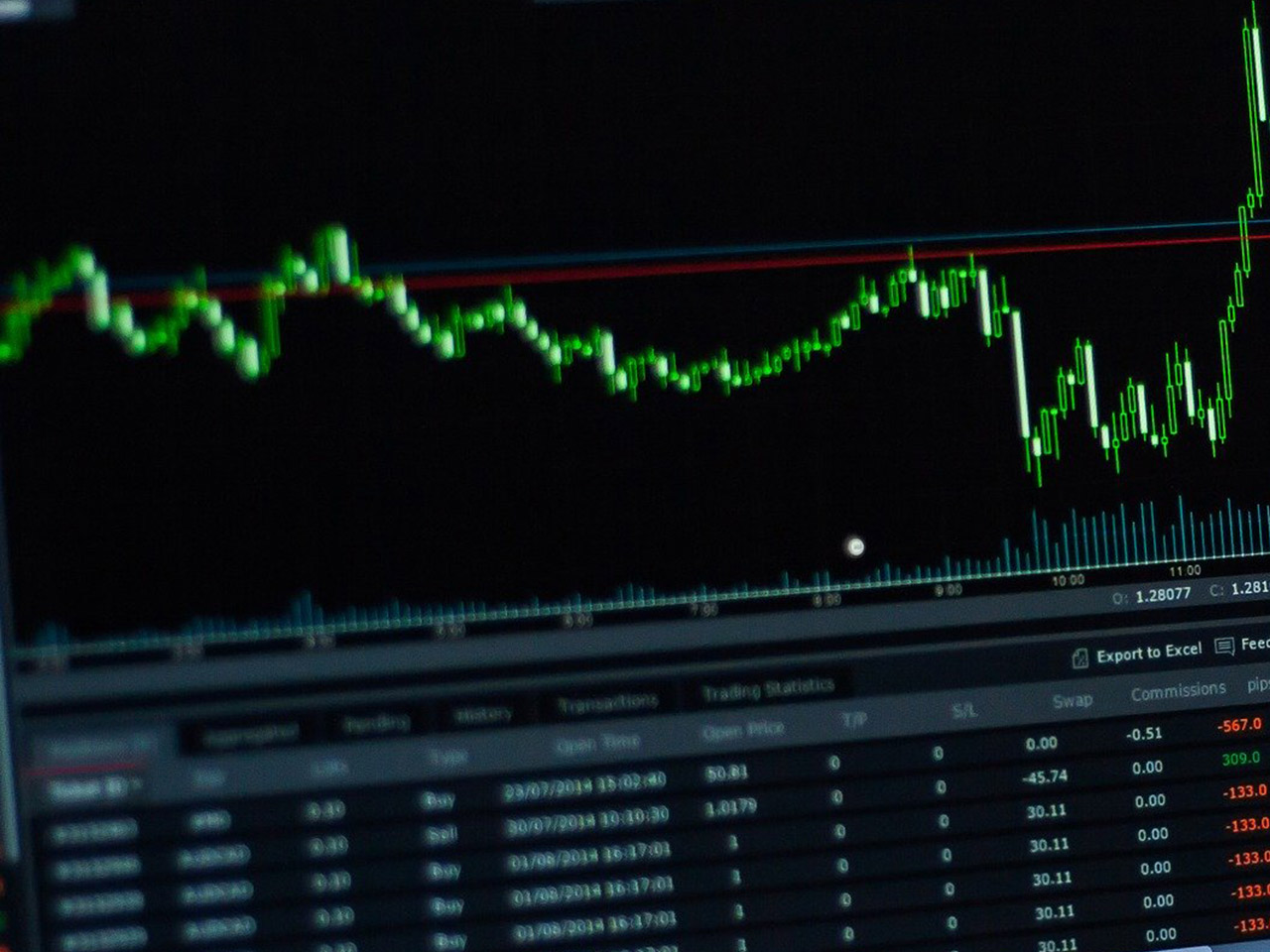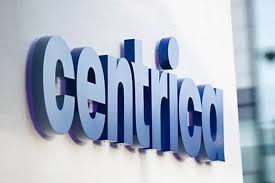Marks and Spencer Group PLC, a venerable name in the realm of department stores, offers a compelling narrative for investors seeking opportunities in the consumer cyclical sector. With a market capitalization of $6.72 billion, this UK-based retailer continues to pivot strategically, affording shareholders a notable potential upside of 28.21% based on current analyst consensus.
The current share price of Marks and Spencer stands at 333.1 GBp, resting near the lower spectrum of its 52-week range of 319.30 to 411.30 GBp. This positioning presents an intriguing entry point for investors, especially when considering the average analyst target price of 427.07 GBp. The target price spectrum varies from a conservative 342.00 GBp to an optimistic 470.00 GBp, reflecting diverse analyst perspectives but consistently pointing towards growth potential.
Despite its storied history, Marks and Spencer is not without challenges. The company’s valuation metrics reveal some complexities, with a strikingly high forward P/E ratio of 984.02, a figure that could suggest overvaluation unless underpinned by significant growth expectations. However, the absence of traditional metrics like PEG, Price/Book, and Price/Sales ratios prompts investors to look deeper into revenue growth and market positioning for a comprehensive valuation assessment.
Speaking of growth, Marks and Spencer reported a robust 22.50% revenue growth, a testament to its ability to capture market share and effectively meet consumer demands across its diverse segments, ranging from fashion and beauty to food and international franchises. The company’s strategic partnerships, such as the Ocado joint venture, enhance its competitive edge, particularly in the rapidly evolving online grocery market.
The financial health of Marks and Spencer, while underscored by a positive free cash flow of £450.8 million, also presents areas for scrutiny. The company’s EPS stands at a modest 0.01 with a return on equity of just 0.05%, indicating room for improvement in profitability and efficiency. Additionally, the dividend yield of 1.14% coupled with a concerning payout ratio of 400% could raise red flags for dividend-focused investors seeking sustainable income streams.
Analyst sentiment surrounding Marks and Spencer skews positively, with 11 buy ratings, 3 hold ratings, and just 1 sell rating. This bullish outlook, supported by technical indicators such as the RSI of 66.49, suggests that the stock is approaching an overbought territory, yet it remains attractive for those betting on continued upward momentum.
For investors, the technical landscape further enriches the analysis. The stock’s 50-day moving average of 375.55 GBp and 200-day moving average of 361.23 GBp signify potential for a bullish crossover should the stock price elevate beyond these averages. However, current MACD and signal line values necessitate caution, hinting at possible short-term volatility.
Marks and Spencer’s legacy, combined with its strategic initiatives and market positioning, offers a unique investment narrative. While valuation metrics and dividend sustainability warrant careful monitoring, the potential for significant upside makes this stock a candidate for investors with a moderate risk appetite, ready to capitalize on its growth trajectory and market rebound potential. As Marks and Spencer navigates its journey of transformation and market adaptation, it remains a noteworthy player in the consumer cyclical sector.




































